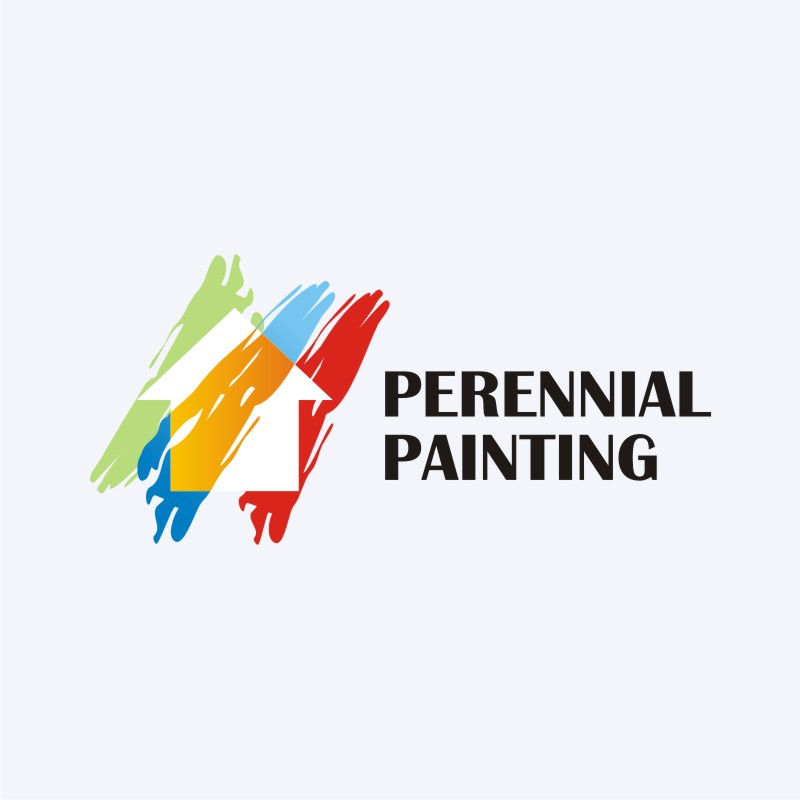Understand Exactly How Seasonal Conditions Influence The Success Of Commercial Exterior Paint And Find Out The Optimal Durations To Ensure Lasting Results For Your Task
Understand Exactly How Seasonal Conditions Influence The Success Of Commercial Exterior Paint And Find Out The Optimal Durations To Ensure Lasting Results For Your Task
Blog Article
Web Content By-Doherty Rodriquez
When you're intending an industrial outside paint project, seasonal elements can make or break your results. You'll intend to think about exactly how temperature level and humidity influence paint application and drying out times. Picking the ideal period can guarantee your paint sticks properly and lasts much longer. However which seasons are truly the best for this kind of job? Let's discover the crucial elements that can affect your job's success.
The Impact of Temperature on Paint Application
When you're preparing an industrial exterior painting job, the temperature can dramatically influence just how well the paint adheres and dries out.
Ideally, you want to paint when temperature levels range between 50 ° F and 85 ° F. If it's also cool, the paint may not treat properly, resulting in problems like peeling or fracturing.
On the flip side, if it's as well warm, the paint can dry too rapidly, stopping proper attachment and resulting in an uneven coating.
Read the Full Document need to likewise consider the moment of day; early morning or late afternoon uses cooler temperature levels, which can be a lot more desirable.
Constantly inspect the maker's recommendations for the details paint you're utilizing, as they usually offer assistance on the ideal temperature level variety for ideal outcomes.
Moisture and Its Impact on Drying Times
Temperature isn't the only environmental variable that influences your industrial outside paint job; moisture plays a significant function also. High humidity degrees can slow down drying out times significantly, affecting the general high quality of your paint job.
When the air is filled with wetness, the paint takes longer to cure, which can cause concerns like bad adhesion and a greater danger of mold development. If you're painting on a specifically damp day, be prepared for prolonged wait times in between coats.
It's essential to monitor local weather conditions and plan as necessary. Ideally, go for humidity degrees in between 40% and 70% for ideal drying out.
Keeping these factors in mind ensures your task stays on track and provides a long lasting finish.
Best Seasons for Commercial Exterior Paint Projects
What's the best season for your business outside paint tasks?
Springtime and early loss are typically your best bets. During these seasons, temperature levels are light, and humidity levels are often reduced, developing excellent problems for paint application and drying.
Prevent summer season's intense heat, which can cause paint to completely dry as well rapidly, bring about inadequate bond and surface. Likewise, residential painting jobs can impede correct drying and healing, running the risk of the longevity of your paint job.
Aim for days with temperatures between 50 ° F and 85 ° F for optimum outcomes. Bear in mind to check the neighborhood weather report for rain, as wet problems can spoil your job.
Preparation around these aspects ensures your paint job runs smoothly and lasts longer.
Verdict
In conclusion, intending your commercial outside painting tasks around seasonal considerations can make a substantial distinction in the outcome. By organizing work throughout the ideal temperature levels and humidity degrees, you'll make sure much better adhesion and drying out times. Remember to keep an eye on local weather forecasts and choose the right time of year-- spring and early fall are your best choices. Taking these steps will help you achieve a resilient and professional coating that lasts.
